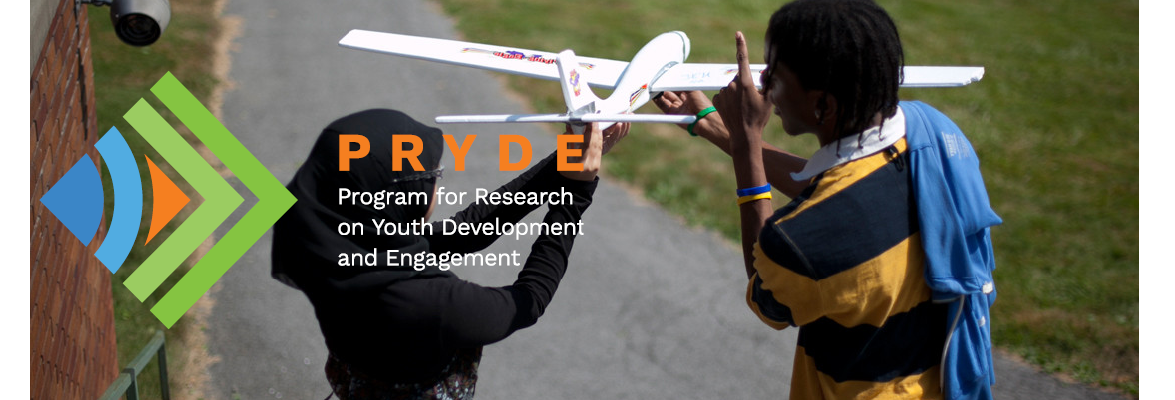PRYDE researchers and staff have identified several objectives that will inform our research projects and initiatives in the coming years:
Develop research areas that directly benefit NYS 4-H youth
We have selected the following research topics for this objective since they address the pressing needs of young people, as indicated by research on youth development:
- Youth purpose
- Healthy transitions
- Intergenerational connections
- Productive use of social media by youth
For more information about our work in these areas, see Research.
Engage 4-H youth in social science research
Under this objective, we will engage youth in the social and behavioral science research process, involving them in active research laboratories. Additionally, we will educate 4-H leaders and youth to identify reliable, research-based sources of health and life information from the confusing, overwhelmingly vast, and often incorrect information available online and elsewhere.
Engage Cornell students in translational youth development research and practice
We will establish a program to engage and train undergraduate students to conduct research in youth populations and work to bridge research and practice. PRYDE will also recruit graduate research assistants to assist in PRYDE community engagement activities, in addition to working on a specific research project. Current youth research opportunities for students offer few connections to a broader research community. PRYDE’s student programs would address this gap.
Create a network of “research ready” NYS 4-H youth development educators
One of the most important PRYDE activities is creating a solid and enduring partnership between county 4-H staff and Cornell researchers. Our 4-H Community Engagement Work Group, made up of 4-H staff, will be our essential partners throughout the research process, from topic selection, to study design, to data interpretation, and finally dissemination. BCTR researchers have successfully used this community-based participatory research model for over two decades. This inclusive method of doing research creates an environment where researchers and program staff can truly collaborate, to the improvement of both science and service.

